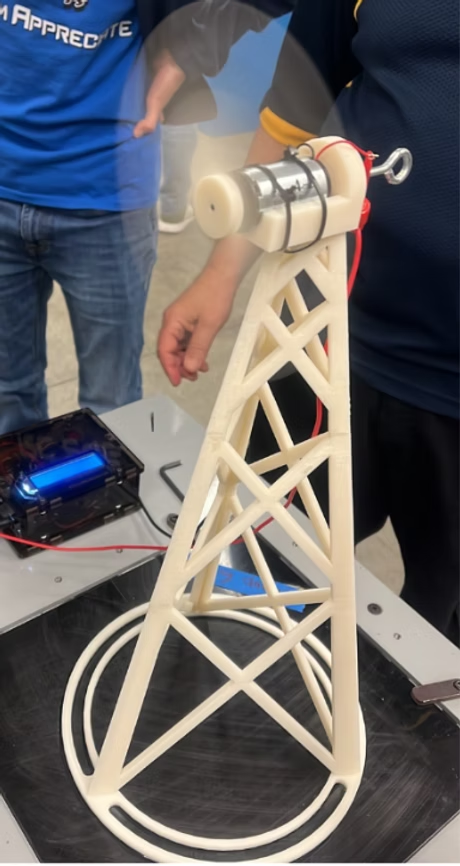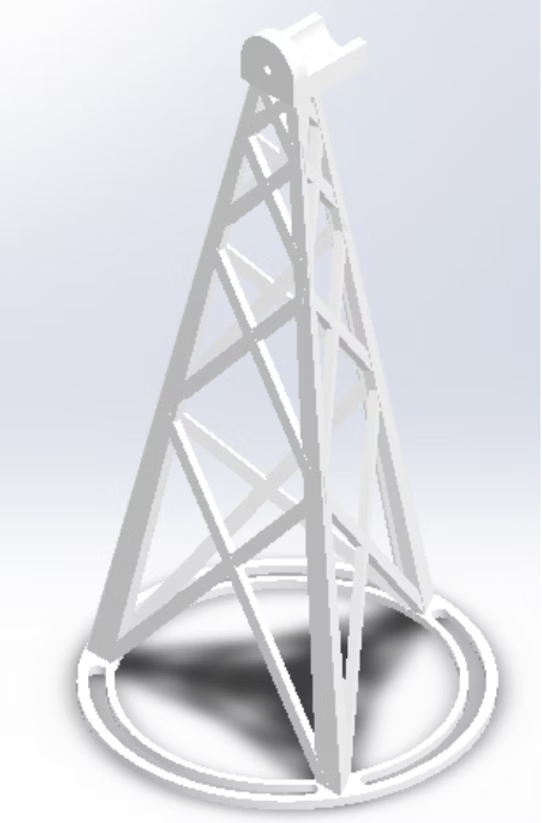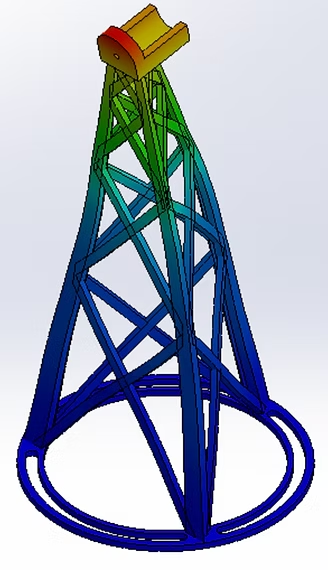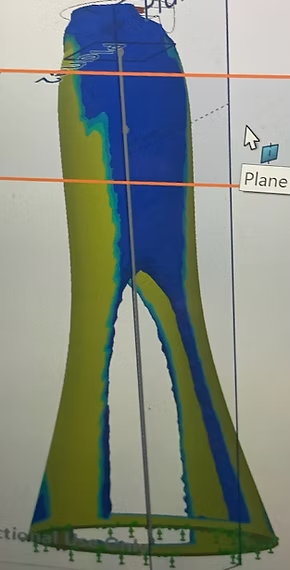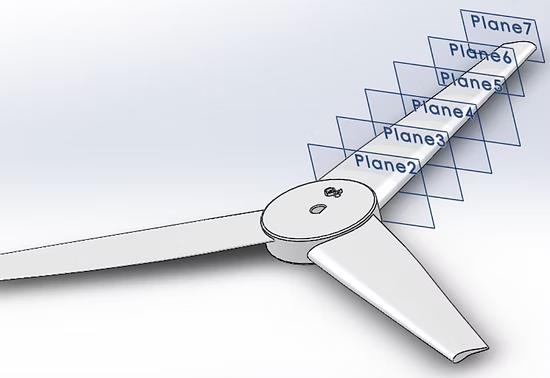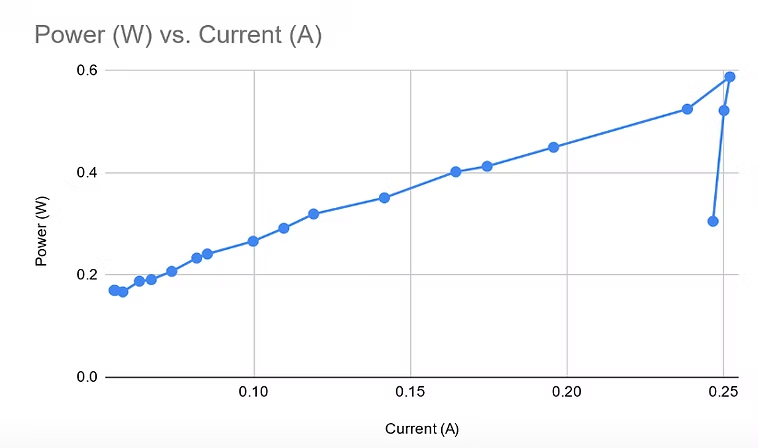Design Objectives & Methodology
This freshman-year engineering project challenged students to design and manufacture a miniature windmill with multiple competing objectives that required careful optimization and engineering trade-offs.
Power Maximization
Optimize blade geometry and configuration for maximum energy conversion efficiency
Structural Optimization
Maximize stiffness while minimizing weight through topology optimization
Creative Design
Innovative approaches to traditional windmill architecture and functionality
Manufacturing
Design for 3D printing constraints and assembly requirements
